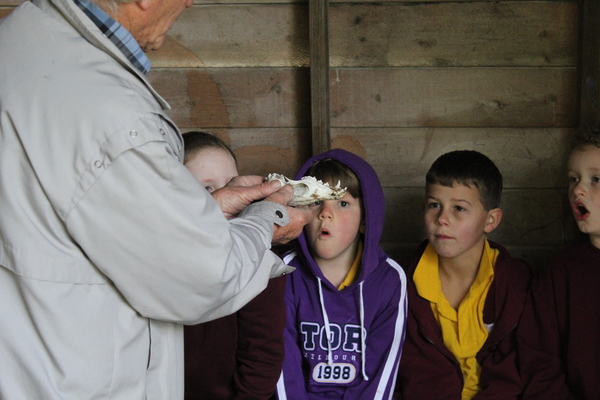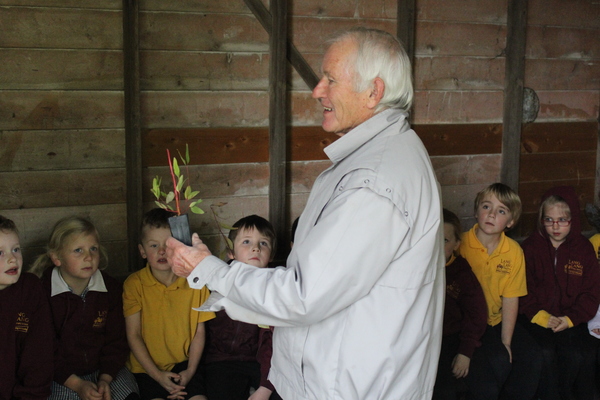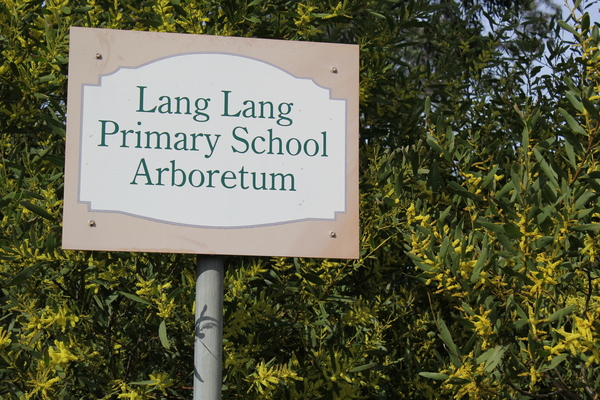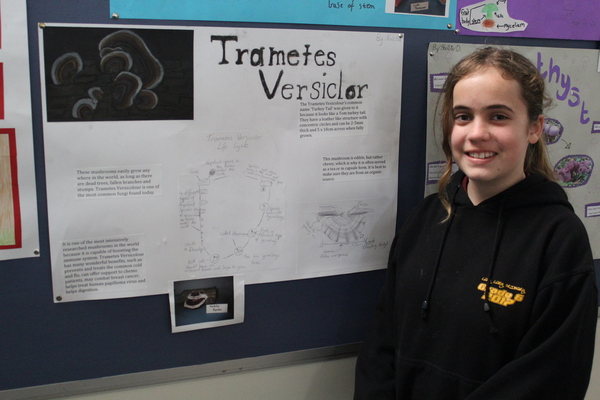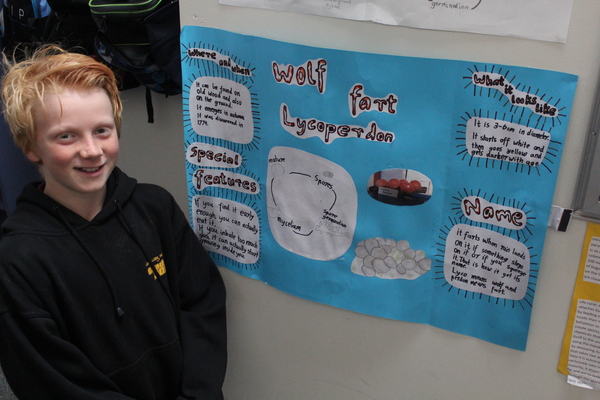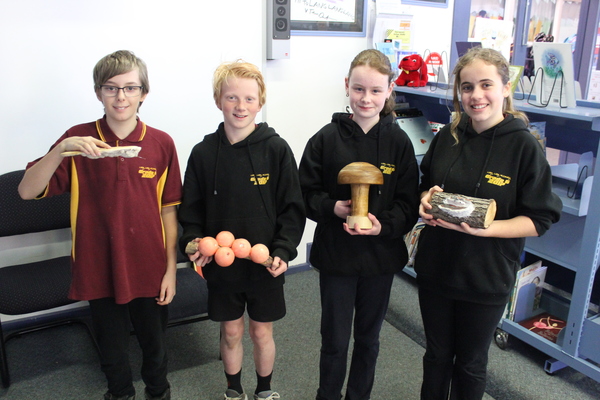“Peter (volunteer Peter Ware) has identified over 30 types of birds in this little reserve – it’s fantastic – and we’re going to get those published and printed,” – Barry Freeman.
In a world so caught up in modern technology, computer screens, and social media, one group of primary school children is bucking the trend – learning about some of the great species of flora and fauna right on their doorstep, as RUSSELL BENNETT discovered.
The Lang Lang Primary School arboretum truly is a gem of the local area.
It’s one that few people know about, but those who do know are caught right up in its charm and wonderment.
For more than six years, the Westernport Swamp Landcare Group has been involved in a project that is crucial for local kids to be able to better understand the environment and unique ecosystem around them – the arboretum – which is only a few hundred metres up the road from the Lang Lang Primary School.
Barry Freeman has been involved in the Landcare group for well over 15 years and recently, together with some of the arboretum’s other hard-working, dedicated volunteers, took groups of students and their teachers for a tour.
He showed the students everything from night vision cameras to some of the skeletal remains of animals that the cameras may capture in the arboretum.
“We secure the camera around a tree, and then we set it up,” he told the enthralled group of youngsters.
“It’s got a lot of batteries in it and it’s got a program here so what I’ll do is turn it on and as I turn it on you’ll see a blue light – if you move now it’ll record your photo!
“It works on heat sensors and we’ll set this up to take night photos. That means things like wombats that come out at night-time will be captured on camera.
“Once we get their photo, we can take the camera back, hook it up to your computers and you can see it on your screens.”
Barry also told the group a little more about the arboretum, itself, and just what may be in store in the future.
“We’ve got good walking tracks and we’ve got bird boxes so we’re going to do a lot more work in the future,” he said.
“We’re going to do some more planting and we’ve got more trees and we’ll get all the signage put up to identify them.
“Peter (volunteer Peter Ware) has identified over 30 types of birds in this little reserve – it’s fantastic – and we’re going to get those published and printed.”
Back at the primary school later that day, four Grade 6 students introduced their projects on various kinds of fungi – some of which could be found in the arboretum.
Lachlan grinned from ear to ear when he spoke about the lycoperdon, which has a hilarious literal translation.
“When you touch it, or if rain lands on it, or a bug crawls over it a gas comes out the top,” he said.
“It’s called the ‘wolf fart’ because lycos means wolf and perdon means fart!”
Jacob spoke about his project on the fascinating ‘zombie ant fungus’.
“It’s basically a parasitic fungi that latches itself onto ants,” he said.
“It takes control of the ant’s body to get it to an optimal sporing ground.
“I did a lot of research and there’s a close relative of this down at the arboretum – the Cordyceps. We saw it while we were down there.”
Nakita also spoke about her project on a common type of polypore mushroom – trametes versicolor.
“It boosts immunity and it’s often served in tea or in a capsule form,” she said.
“It’s one of the most intensely researched fungi because of its immune-boosting properties.”
Finally, Natalie spoke about her project – on the death cap mushroom.
“It’s one of the most poisonous mushrooms in the world,” she explained.
“It kills you in about six to 12 hours and it’s usually found in the northern hemisphere but it was brought over to the southern and can be found in Victoria. It’s usually found under oak trees.”
Each of the students also made models as part of their projects, with Natalie’s a wooden version of a death cap.
The students’ enthusiasm and desire to learn is exactly what the likes of Barry and Peter have been hoping to see through their involvement with the arboretum.
“It’s the school’s property and we’d love to have the students involved in a hands-on type of curriculum,” Barry said.
“There’s too much time spent on the laptop and playing games, and not enough time spent outdoors.
“To think – the school has an asset so close and it’s got a walking track sealed with just one road crossing. It’s right at their backdoor.
“This is our Landcare group’s major project. We love it because it’s community. That’s what I love most about it.”
The Westernport Swamp Landcare Group was formed in 1999. Members come from local communities in Clyde, Tooradin, Cardinia, Dalmore, Rythdale, Pakenham South, Kooweerup, Bayles, Nar Nar Goon, Cora Lynn, Iona, Vervale, Yannathan, Catani, Yallock, Monomeith, Caldermeade and Lang Lang. They meet four times per year and have a range of community planting days, field days and seminars.
They also undertake pest and weed control, protect and improve waterways, hold working bees at places including the arboretum, and provide Landcare support for schools.

